There is something utterly captivating about the first sip of a well-made Moroccan mint tea recipe. It’s not just tea, it’s a ceremony, a gesture of hospitality, and a comforting ritual shared across generations. The blend of sweet green tea and fresh spearmint, poured from a height into small glasses, is iconic in Moroccan culture and deeply personal to me.
I first learned to make Moroccan mint tea from my grandmother, who insisted the key ingredient wasn’t just the mint, it was patience. This tea often takes center stage at Moroccan family gatherings, from casual midday breaks to lavish holiday spreads.
This Moroccan mint tea recipe is perfect when you need a warm welcome after a long day, want to impress guests with something exotic yet accessible, or just want a break from your usual brew. It’s refreshing in summer, comforting in winter, and always deeply satisfying.
Table of contents
The Moroccan Teapot: A Blend of Functionality and Art
The Moroccan teapot, known as a “berrad,” is an essential tool in preparing and serving traditional Moroccan mint tea. Beyond its practical use, the berrad is a cultural icon, often reflecting the artistry and craftsmanship of Moroccan culture. Here’s an insight into its design, materials, and creation process:
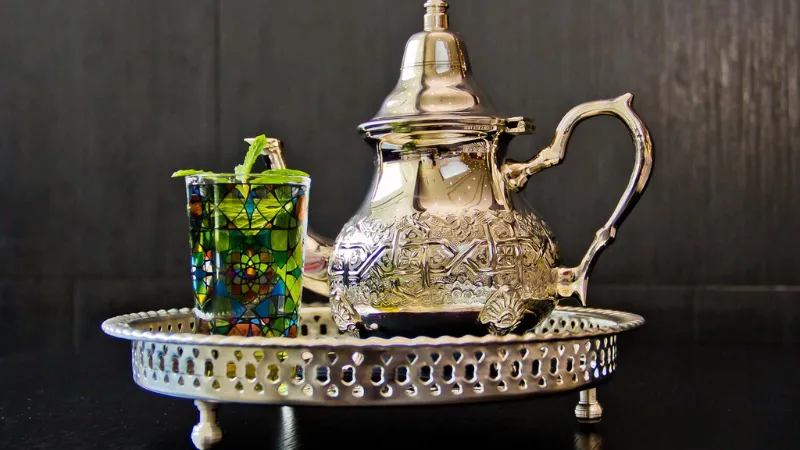
Moroccan Tea Ceremony:
In Morocco, pouring tea is both an art and a vital part of the tea ceremony, symbolizing hospitality, respect, and tradition. The ritual involves pouring tea from a height of 12 to 18 inches, using the long, curved spout of the Moroccan teapot. This practice aerates the tea, enhancing its flavor and creating a frothy layer on top, a sign of properly prepared Moroccan mint tea. Tea ceremonies are integral to social gatherings, often accompanied by beautifully engraved teapots, ornate glasses, and sweet accompaniments like pastries or dates. Hosts typically serve three rounds of tea, with each glass symbolizing life’s sweetness, bitterness, and love. These ceremonies are more than a beverage offering; they’re a gesture of connection and a showcase of Morocco’s rich cultural heritage.
Recipe Card
My Tried-and-True Tips for the Perfect Moroccan Mint Tea
- Choose the Right Teapot: Use a Moroccan teapot if available; its narrow spout helps create the signature froth.
- Rinse the Tea Leaves: This crucial step removes bitterness and ensures a clean, crisp flavor.
- Mint Freshness: Fresh mint is non-negotiable. Rinse the leaves thoroughly before use.
- Control the Sweetness: Moroccan mint tea is traditionally sweet, but you can adjust the sugar to suit your preference.
- Pouring Technique: Pouring the tea from a height not only aerates the drink but also enhances its presentation.
Delicious Variants of the Moroccan Mint Tea Recipe
1. Winter Herbal Moroccan Tea
In colder months, Moroccans often replace mint with dried herbs like wormwood (chiba) or sage. These give the tea a slightly bitter, warming note that pairs beautifully with the sweetness of the sugar.
2. Citrus Moroccan Mint Tea
Add a slice or two of lemon or orange to the teapot for a citrusy lift. It brightens the tea and makes it even more refreshing, especially served cold.
3. Iced Moroccan Mint Tea
Perfect for summer. Brew the tea as usual, then let it cool. Pour it over ice and garnish with extra mint and a lemon wedge. You can even blend it with a bit of crushed ice for a slushy version.
4. Spiced Moroccan Mint Tea
Infuse your tea with a pinch of ground cinnamon, clove, or even a star anise for a spiced version that works great around the holidays. A few cardamom pods can give it a chai-like twist.
FAQ about Moroccan Mint Tea
Yes, you can omit the sugar for a healthier, unsweetened version. The mint and green tea will still provide a refreshing flavor.
Gunpowder green tea is the traditional choice due to its robust flavor that complements the mint.
It’s best enjoyed fresh, but you can brew the tea and refrigerate it for up to 24 hours. Reheat gently before serving.
Bitterness usually comes from steeping green tea too long or using water that’s too hot. Always rinse the tea leaves first with hot (not boiling) water, and steep the tea for 5 minutes max. Avoid boiling water directly on the leaves.
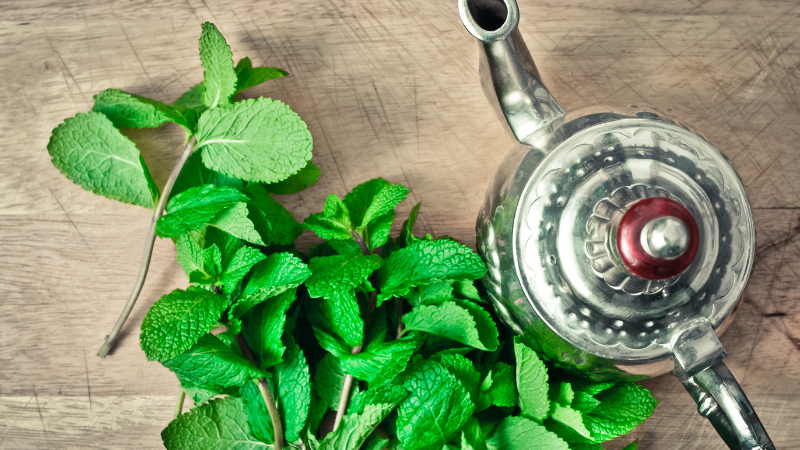
Health Benefits of Moroccan Mint Tea
- Aids Digestion: Mint is known for its ability to soothe the stomach and improve digestion.
- Rich in Antioxidants: Green tea is packed with antioxidants that combat free radicals, supporting overall health.
- Boosts Hydration: With its refreshing flavor, Moroccan mint tea encourages increased fluid intake.
- Supports Mental Clarity: The caffeine in green tea, combined with the calming properties of mint, offers a balanced energy boost without jitters.
- Strengthens Immunity: Fresh mint contains essential vitamins and minerals that help fortify the immune system.
Nutrition Information
- Servings: 4
- Calories per Serving: 40 kcal
- Carbohydrates: 10g
- Protein: 0g
- Fat: 0g
- Fiber: 0g
- Sugar: 9g
- Caffeine: Approximately 25-30mg per serving
Note: Nutritional values may vary based on the amount of sugar used and the type of green tea.
Wrapping It Up
The Moroccan mint tea recipe is more than just a beverage, it’s a tradition steeped in culture, hospitality, and simple joys. With its bright flavors, natural sweetness, and refreshing aroma, this tea can transform your daily routine or elevate any gathering. Whether you’re brewing it for a cozy night in or to impress guests with something unique and authentic, this recipe is a must-try.
Looking for another delightful drink to complement your tea? Try this refreshing ginger lemon tea recipe for a zesty, immune-boosting beverage that pairs beautifully with Moroccan mint tea.

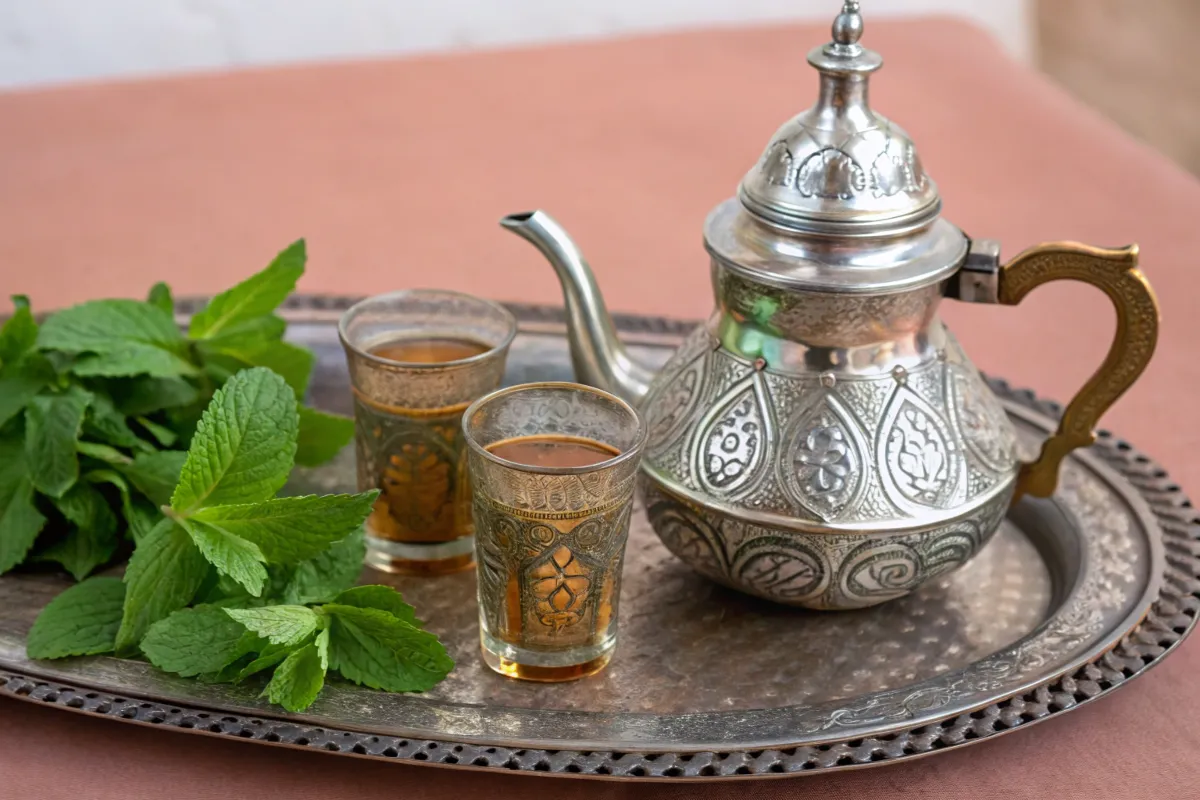




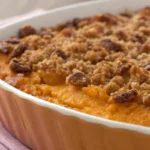
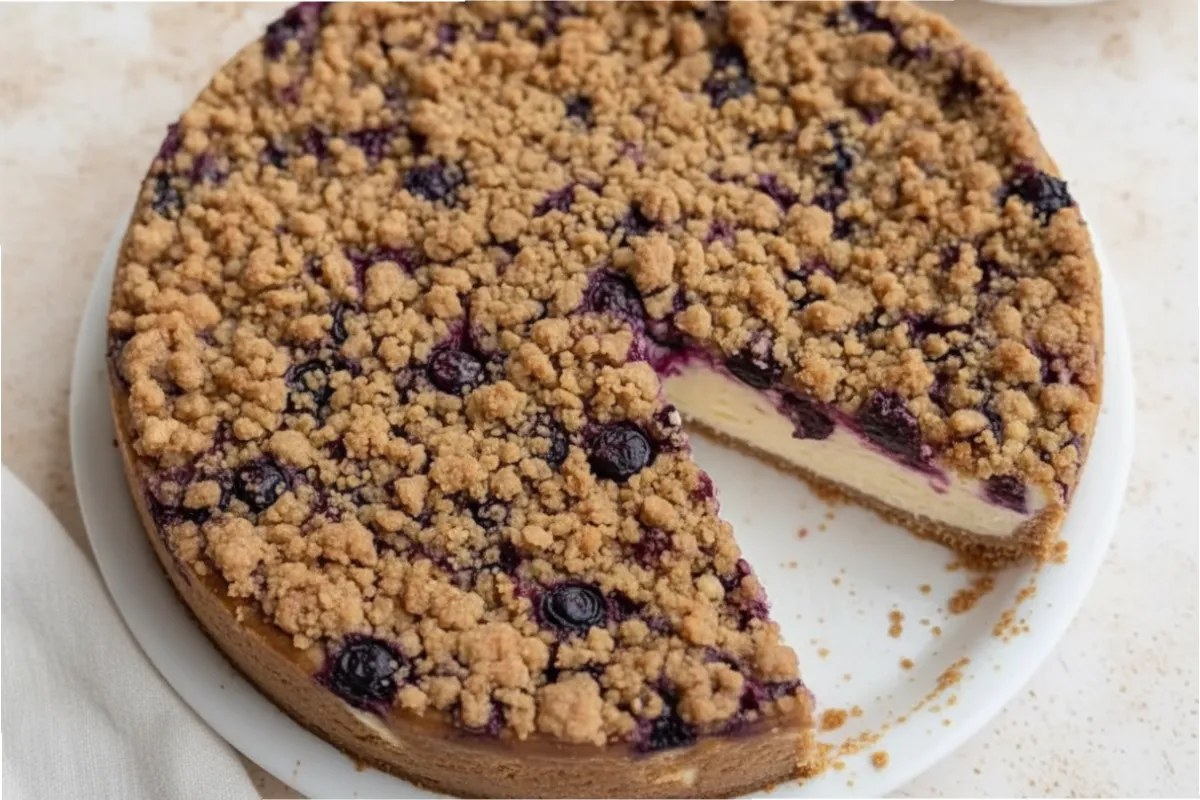



Leave a Reply